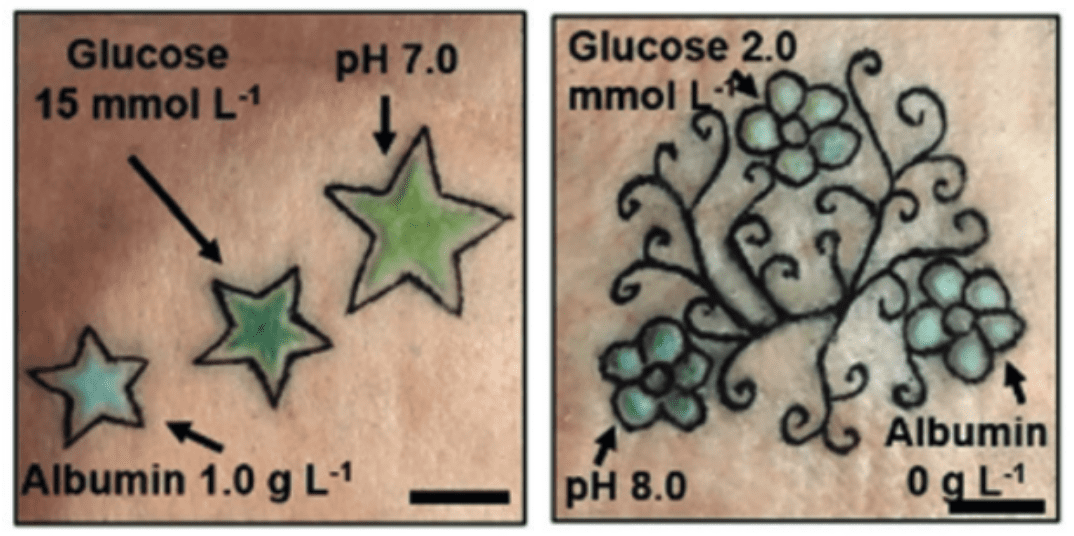
Azure is the New Black: Creating a Blue Rose
Floriography, better known as the language of flowers, doesn't refer to a communication method between plants. Rather, it is the Victorian era practice of gifting arranged flowers to communicate a coded message: a red rose for love, a white tulip for forgiveness–things you may want to be familiar with this upcoming Valentine's Day. Long before





